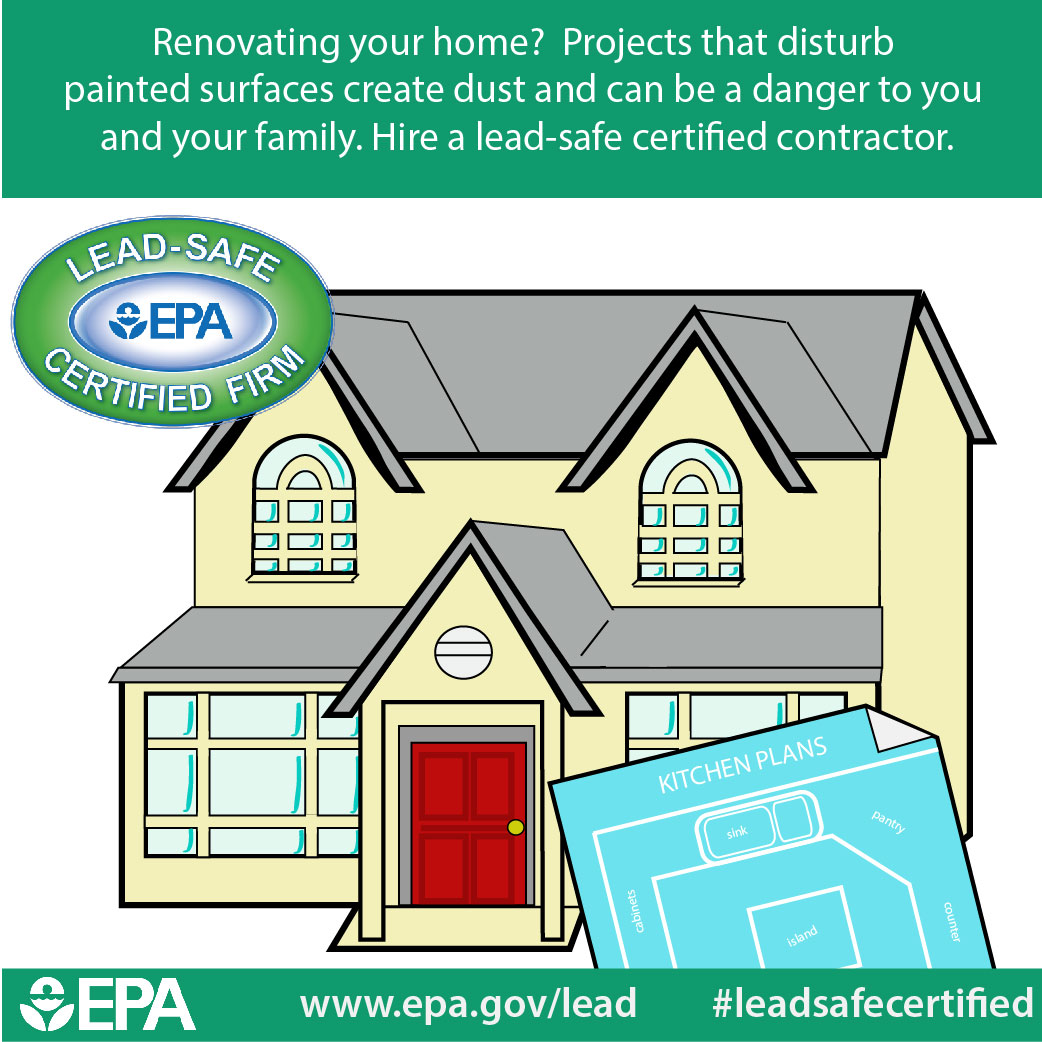Below The Surface Of Your Industrial Outside Paint Task Exists The Important Role Of Weather-- Discover Just How It Can Make Or Break Your Results
Below The Surface Of Your Industrial Outside Paint Task Exists The Important Role Of Weather-- Discover Just How It Can Make Or Break Your Results
Blog Article
Web Content Author-Fabricius Dohn
When you're preparing an industrial external painting job, do not ignore the effect of climate on your results. You require to think about factors like temperature, humidity, and precipitation, as they can make or damage your paint work. As an example, did you know that ideal conditions ask for certain temperature level arrays and humidity levels? Failing to keep track of these aspects can cause irregular surfaces and even damage to fresh paint. Understanding these aspects is key to attaining a long-lasting, expert result. So, what details weather should you be wary of?
Temperature level Considerations
When it pertains to industrial exterior painting, temperature plays a vital role in the end result of your task. If you're repainting in severe warmth, the paint can dry out as well swiftly, leading to concerns like bad adhesion and uneven finishes. You wish to go for temperature levels in between 50 ° F and 85 ° F for the best outcomes. Listed below 50 ° F, paint might not heal properly, while over 85 ° F, you take the chance of blistering and splitting.
Timing your job with the appropriate temperature levels is crucial. Begin your work early in the early morning or later in the mid-day when it's cooler, particularly throughout hot months.
Also, consider the surface temperature level; it can be substantially greater than the air temperature, specifically on warm days. Use a surface area thermometer to inspect this prior to you begin.
If temperatures are unforeseeable, keep an eye on the weather report. Abrupt temperature level drops or warm front can hinder your plans. You do not intend to start painting just to have the problems transform mid-project.
Moisture Levels
Humidity levels significantly affect the success of your industrial exterior painting job. When the moisture is expensive, it can impede paint drying out and treating, resulting in a range of concerns like poor adhesion and complete high quality.
If you're intending a task during wet conditions, you may find that the paint takes longer to completely dry, which can extend your job timeline and increase expenses.
Conversely, reduced moisture can additionally present challenges. Paint might dry also promptly, preventing appropriate application and causing an unequal coating.
https://garagepaintersnearme54208.livebloggs.com/39593460/change-your-home-reasons-to-choose-professional-residential-paint-providers 'll want to check the moisture levels very closely to guarantee you're functioning within the ideal variety, generally between 40% and 70%.
To get the best outcomes, consider making use of a hygrometer to determine humidity prior to starting your project.
If you discover the degrees are outside the ideal array, you may need to readjust your routine or choose paints created for variable problems.
Constantly get in touch with the maker's standards for particular referrals on humidity tolerance.
Rainfall Effect
Rainfall or snow can considerably interrupt your industrial exterior paint plans. When rainfall occurs, it can wash away freshly applied paint or produce an uneven surface. Ideally, https://www.express.co.uk/life-style/property/1610929/painting-tips-hacks-diy-right-order-to-paint-room-colour-tools-preparation wish to pick days with completely dry weather to ensure the paint sticks appropriately and treatments efficiently. If you're caught in a rain shower, it's ideal to stop the job and await problems to boost.
Moreover, snow can be a lot more destructive. Not only does it develop a wet surface, yet it can likewise lower temperature levels, making it tough for paint to dry. This can bring about issues like peeling off or blistering down the line.
It's important to inspect the weather report prior to beginning your project. If rainfall or snow is forecasted, think about rescheduling.
Always keep in mind to allow sufficient drying time between coats, specifically if the weather condition continues to be uncertain.
Conclusion
In conclusion, watching on the weather is essential for a successful business external painting task. By keeping track of temperature, moisture, and rainfall, you can make certain the very best problems for application and healing. Keep in mind to plan your job around positive climate and always adhere to supplier guidelines. With the best strategy, you'll achieve a durable, gorgeous surface that can hold up against the elements. Don't let the climate capture you unsuspecting-- remain notified and repaint clever!
